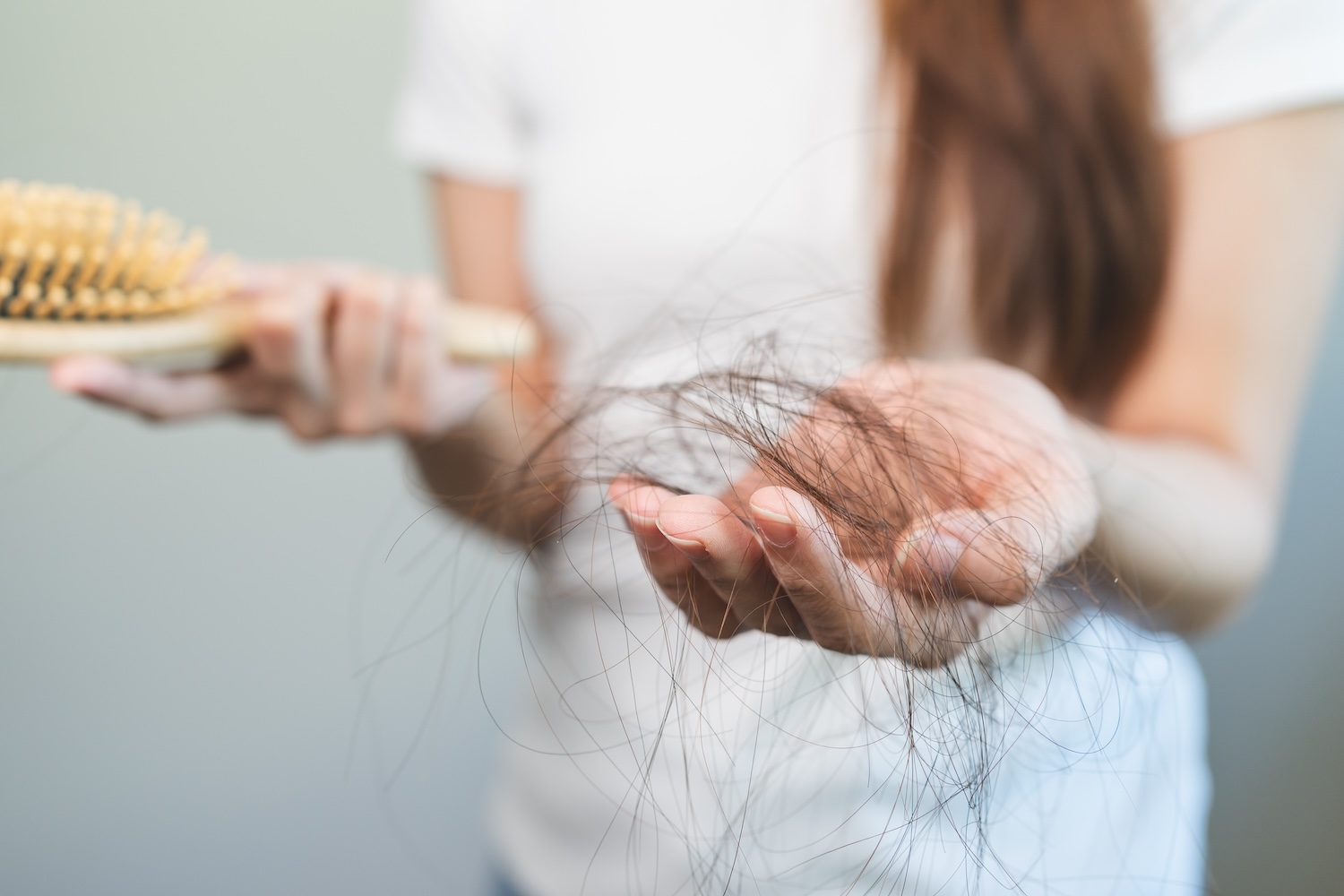
IDS Group

If you’ve ever looked at your hairbrush or shower drain and wondered if you’re shedding too much hair, you’re not alone.
Hair shedding is a natural process, but understanding when it crosses the line into hair loss can help you take action before it’s too late. Let’s delve into the science behind our hair, why we lose it, and what steps to take to maintain a healthy mane.
Our hair, like the rest of our body, operates on a schedule. Each strand goes through a life cycle with three key phases. First is the anagen phase, the growing phase, which lasts between three to five years. During this time, hair actively lengthens. After that comes the catagen phase, a short 10-day period when the hair transitions out of active growth. Finally, there’s the telogen phase, a resting period that lasts about one to three months. At this point, the hair detaches from the follicle and falls out to make way for new growth. At any given time, about 10-15% of your hair is in this shedding phase.
Losing 50 to 100 strands a day is perfectly normal. Think of it as your scalp’s way of renewing itself, similar to how your skin sheds dead cells to reveal new ones beneath. But why do some people seem to shed more than others? Factors like hormonal changes, medical conditions, medications, and even periods of stress—such as surgery, pregnancy, or rapid weight loss—can push more hair into the telogen phase, leading to increased shedding.
So, when does shedding become a cause for concern?
If you notice more than 100 strands a day falling out or start seeing significant thinning in certain areas, it may be time to take action. Hair thinning that affects over 50% of the scalp area is often classified as advanced hair loss. While it’s normal to lose volume as you age, sudden or excessive hair loss, especially at a young age, can signal an underlying issue that needs attention.
Thinning hair doesn’t always mean you’re destined for baldness. Conditions like male-pattern baldness and female-pattern baldness, for example, are caused by the gradual miniaturization of hair follicles due to hormonal factors. Over time, these follicles may shrink so much that they can no longer produce visible strands. However other causes of hair shedding, such as thyroid issues, nutritional deficiencies, or stress, may not lead to permanent thinning and can often be addressed with proper care.
Age plays a significant role in hair loss, too. Men are particularly prone to male-pattern baldness, with 30% affected by age 30 and 50% by age 50. Women often experience thinning as they approach menopause, with over half reporting significant hair loss by age 70. These changes are a normal part of aging, but that doesn’t mean there’s nothing you can do about it.
When hair loss becomes noticeable, seeking professional advice early can make all the difference. A doctor can identify whether your hair loss is due to a medical condition, a nutritional deficiency, or an ongoing pattern like male- or female-pattern baldness. Once the cause is identified, there are several effective treatments available. Topical minoxidil can stimulate hair regrowth, while oral medications like finasteride can address hormonal imbalances. Low-level light therapy is another option, promoting hair health in the early stages of thinning. For those seeking more dramatic results, hair transplantation provides a permanent solution by transferring healthy follicles to areas of loss.
If you’re just starting to notice signs of thinning, don’t panic. Begin by consulting your doctor to rule out any treatable conditions. If stress is a factor, relaxation techniques like yoga or meditation can help. Adopting a healthy lifestyle is crucial too—your hair reflects your overall health, so make sure you’re eating a balanced diet and getting enough rest.
To keep your locks as strong and healthy as possible, practice these simple daily habits:
- Keep your scalp clean and free of infections.
- Avoid harsh chemicals like dyes or treatments that can damage your hair.
- Be gentle when brushing or styling to prevent unnecessary pulling.
- Opt for a well-balanced diet rich in vitamins and minerals.
- Treat your hair with care, especially when drying or styling.
Ultimately, understanding the difference between normal hair shedding and hair loss can empower you to take the right steps to protect your crowning glory. Whether through lifestyle changes, professional treatments, or a combination of both, there are ways to preserve the health and fullness of your hair for years to come.
________________________________________________________________________________________________________________
If you're concerned about your hair health or want expert advice tailored to your condition, book a consultation with our doctors at IDS Clinic today. Let us help you regain confidence in your hair and yourself.
*quote "I need help with hair loss"
Our Clinic Locations
-
Novena Specialist Center
8 Sinaran Drive, #05-09 to 10
Singapore 307470 -
International Building
360 Orchard Road
#02-02 International
Building, Singapore 238869










